Warden Protocol PT2: Application Layer
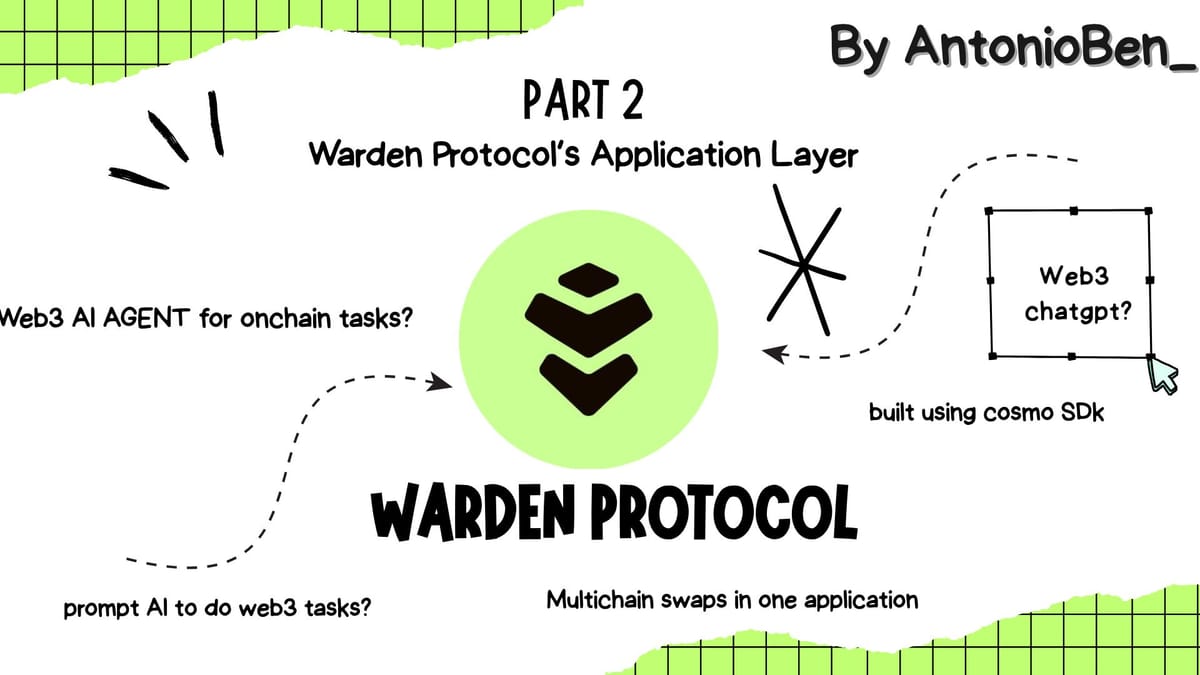
Infrastructure is not enough.
You can build the smartest blockchain in the world, but if no one can interact with it easily, it becomes useless. That is why Warden Protocol is not just focused on core architecture or cross-chain logic. It is also building a powerful application layer - a set of tools that allow real people to build, launch, and interact with intelligent agents.
Let us explore what lives on this layer and what it means for everyday users and developers.
What Is the Application Layer?
This is the top layer of the Warden stack.
It is where users meet the system.
It is where developers launch agents.
It is where the magic becomes visible.
The application layer is filled with tools and interfaces that make advanced agent logic accessible to both beginners and experts. This includes dashboards, plugin libraries, visual builders, and even wallets that speak directly to agents.
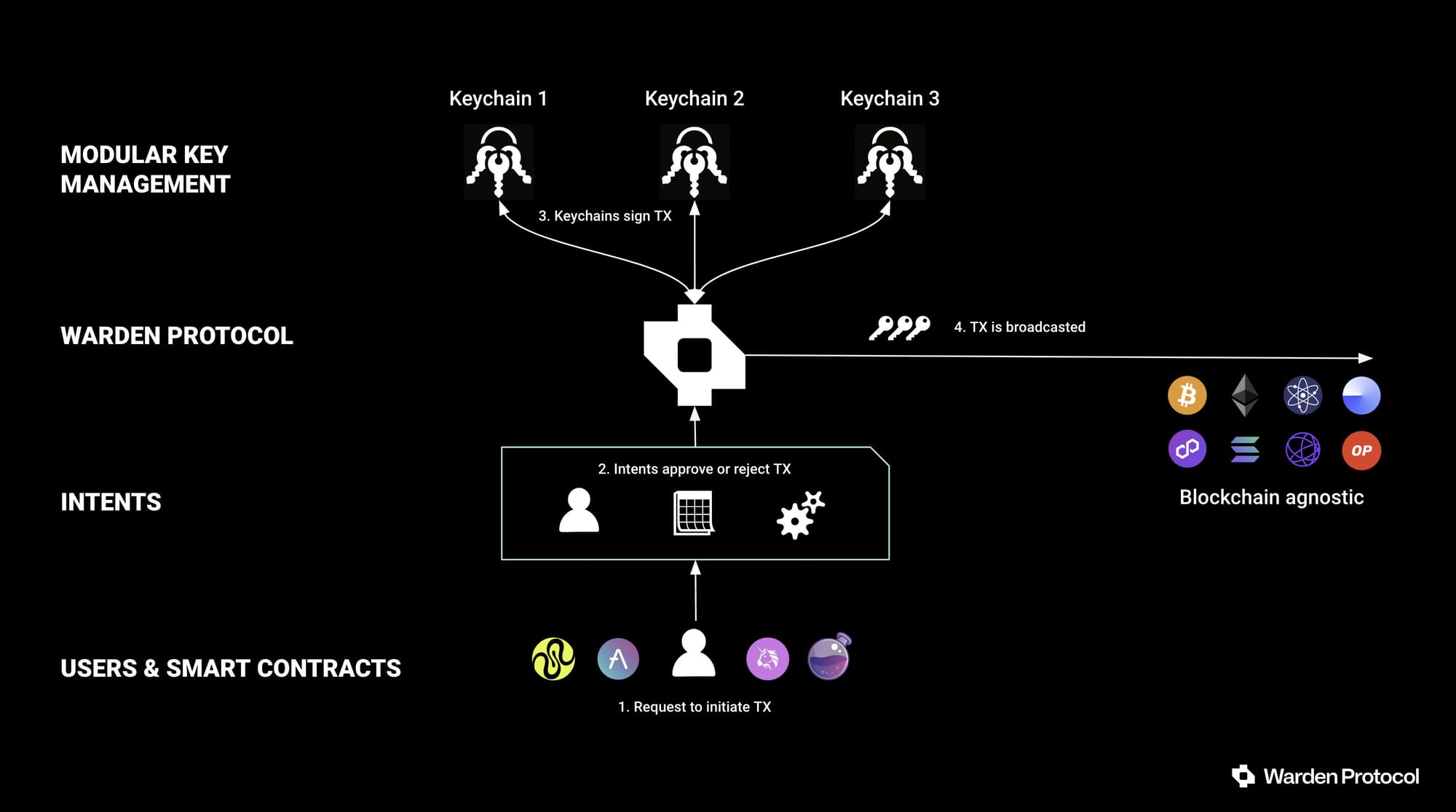
Meet SpaceWard: The Agent Control Room
SpaceWard is Warden’s user dashboard.
You can think of it like your mission command center.
This is where you go to:
- Upload or define your agent’s logic
- Choose how and where it operates
- Launch it with specific goals
- Monitor everything it does in real time
- You are not writing smart contract code.
You are managing intelligent digital workers.
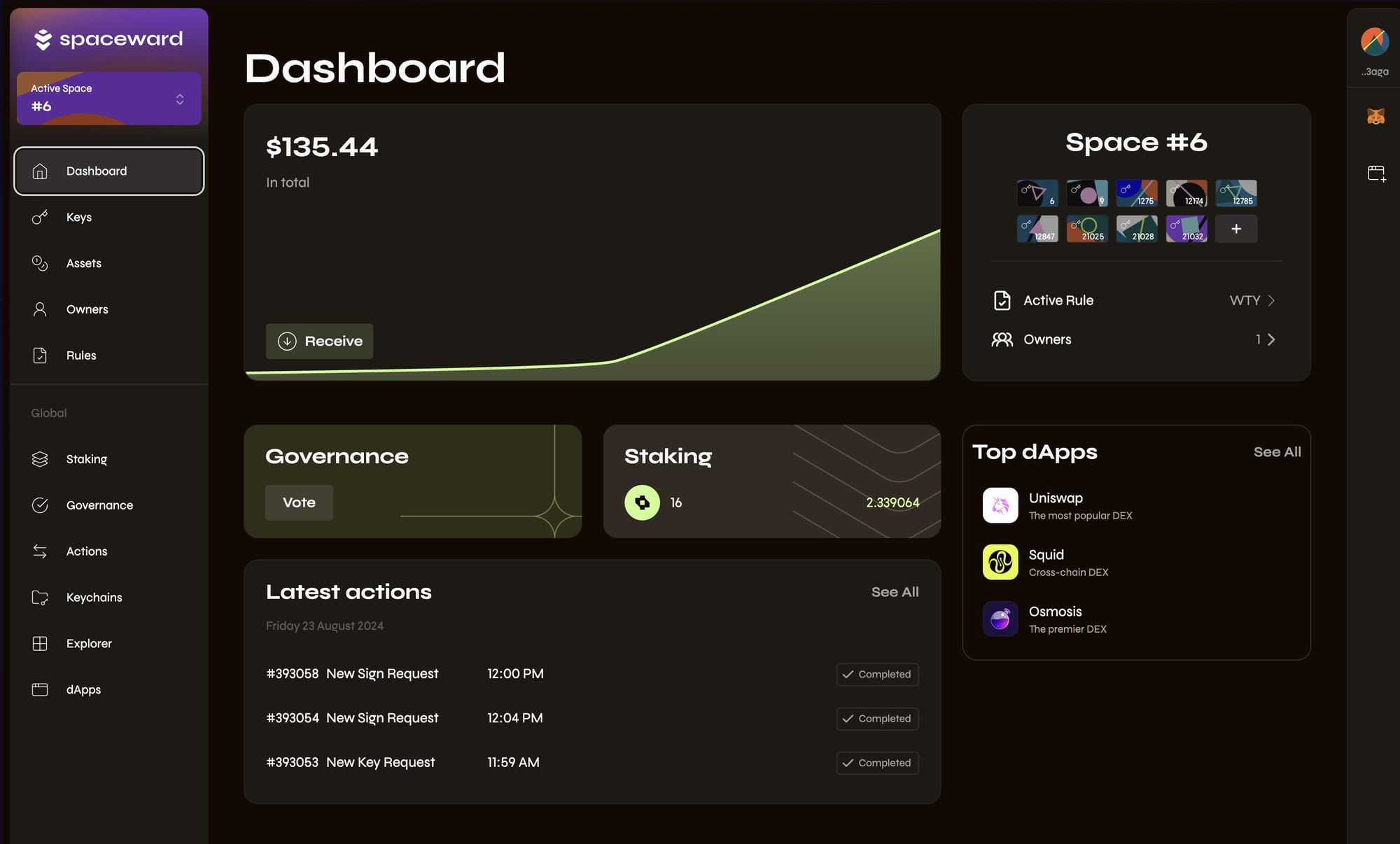
What About Developers? Use Plugins
Not everyone wants to write everything from scratch. That is why Warden supports a plugin system called AVR Plugins.
Plugins are like skill packs for agents.
Let us say you want your agent to:
- Pull data from a DeFi oracle
- Monitor lending positions
- Execute trades on a specific DEX
- Fetch pricing or liquidation info
You do not need to rebuild those tools. You simply attach the right plugin to your agent.
The plugin acts as a bridge between your agent’s logic and external apps or protocols. Developers can also build and share new plugins with the ecosystem.
Real World Use Case
Imagine this:
You are a crypto trader, but you are tired of checking charts all day. You go to Warden’s dashboard. You install a trading plugin that lets your agent read Uniswap prices.
You set the rules
“If token price falls twenty percent, exit my position and notify me.”
You launch the agent.
It watches the market for you.
It acts if needed.
And it reports back.
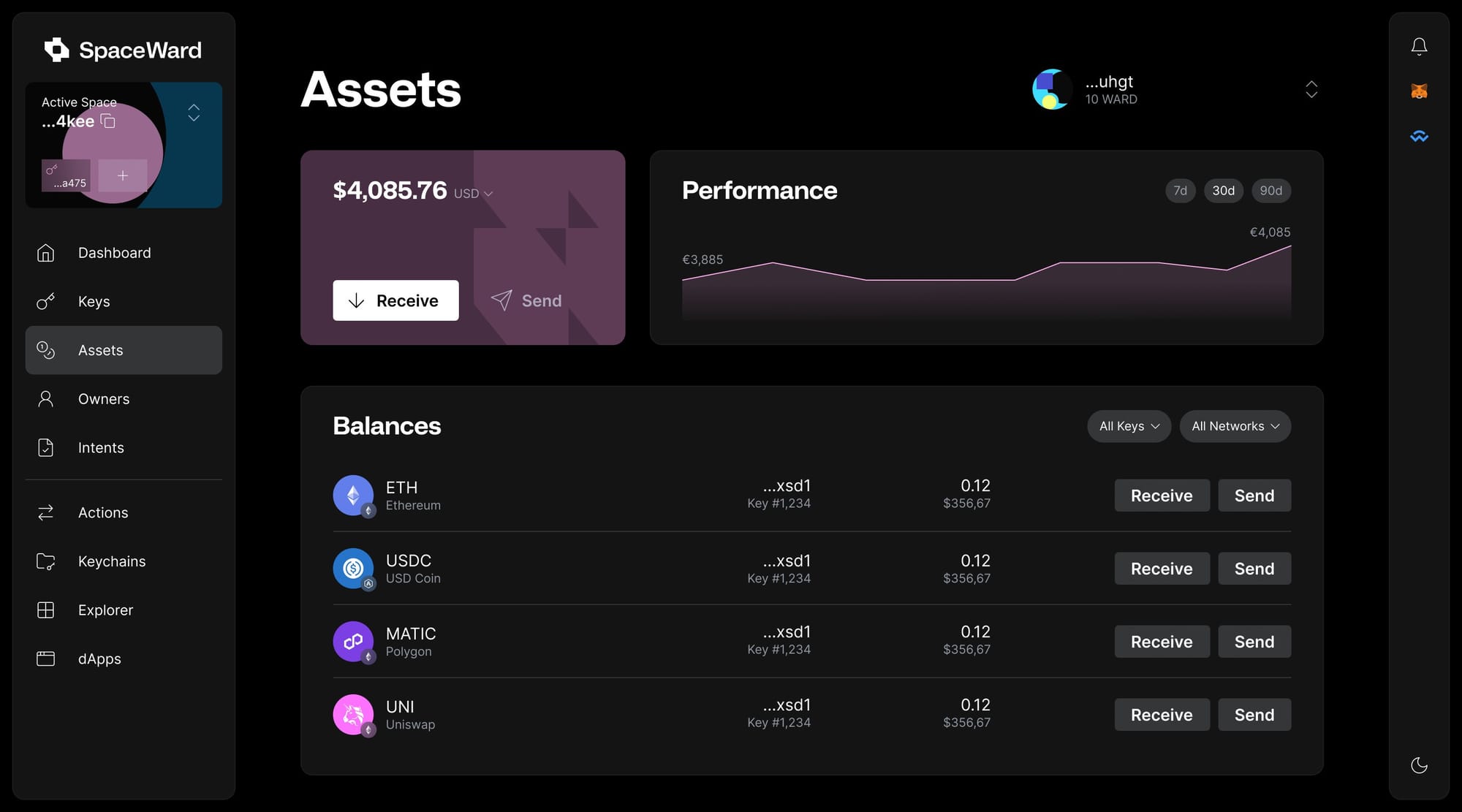
You sleep while your agent works.
The No-Code Builder for Everyone
Not a developer? Warden is still for you.
The application layer includes a no-code agent builder.
This lets you:
- Drag and drop actions
- Set conditions
- Choose plugins
- Define outcomes
- Launch your agent with one click
It is like building a custom AI assistant.
No need for Rust or Solidity.
Just simple logic in plain language.
BONUS
Warden is also rethinking the wallet.
Most wallets today let you send and sign transactions.
Warden’s future wallets will do more.
They will let you:
- Deploy agents
- Send agent instructions
- Manage agent permissions
- View performance in real time
Instead of sending tokens, you will be sending commands.
Instead of confirming transactions, you will be assigning missions.
Warden App feature today: Send to X Handle (send tokens to friends via X handle if connected
No wallet address needed. Just type @theirhandle and send.
Why This Matters
Powerful infrastructure means nothing without access.
The application layer is where Warden truly becomes usable.
It empowers developers with plugins.
It empowers users with dashboards.
It empowers beginners with no-code tools.
This is not just for coders.
This is for everyone who wants to use intelligence on-chain.
CONCLUSION
Warden’s application layer is where agents come alive.
You get:
- A clean dashboard with full agent control
- A plugin system to extend agent powers
- No-code tools for non-developers
- A wallet that works like an AI command terminal
What’s Next?
In Part Three, we will dive deeper into how Warden’s agents reason and verify actions securely on-chain using the AVR and SPEX framework.
This is where Warden’s logic becomes real and trustless.
Stay tuned.
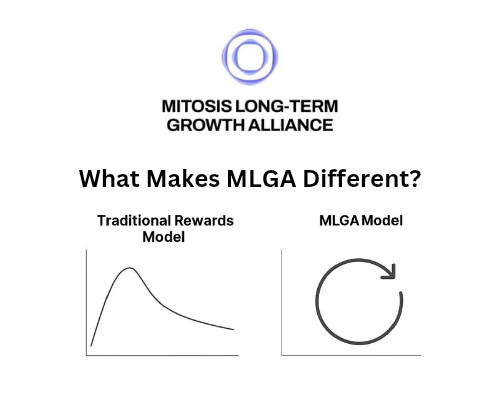
Comments ()